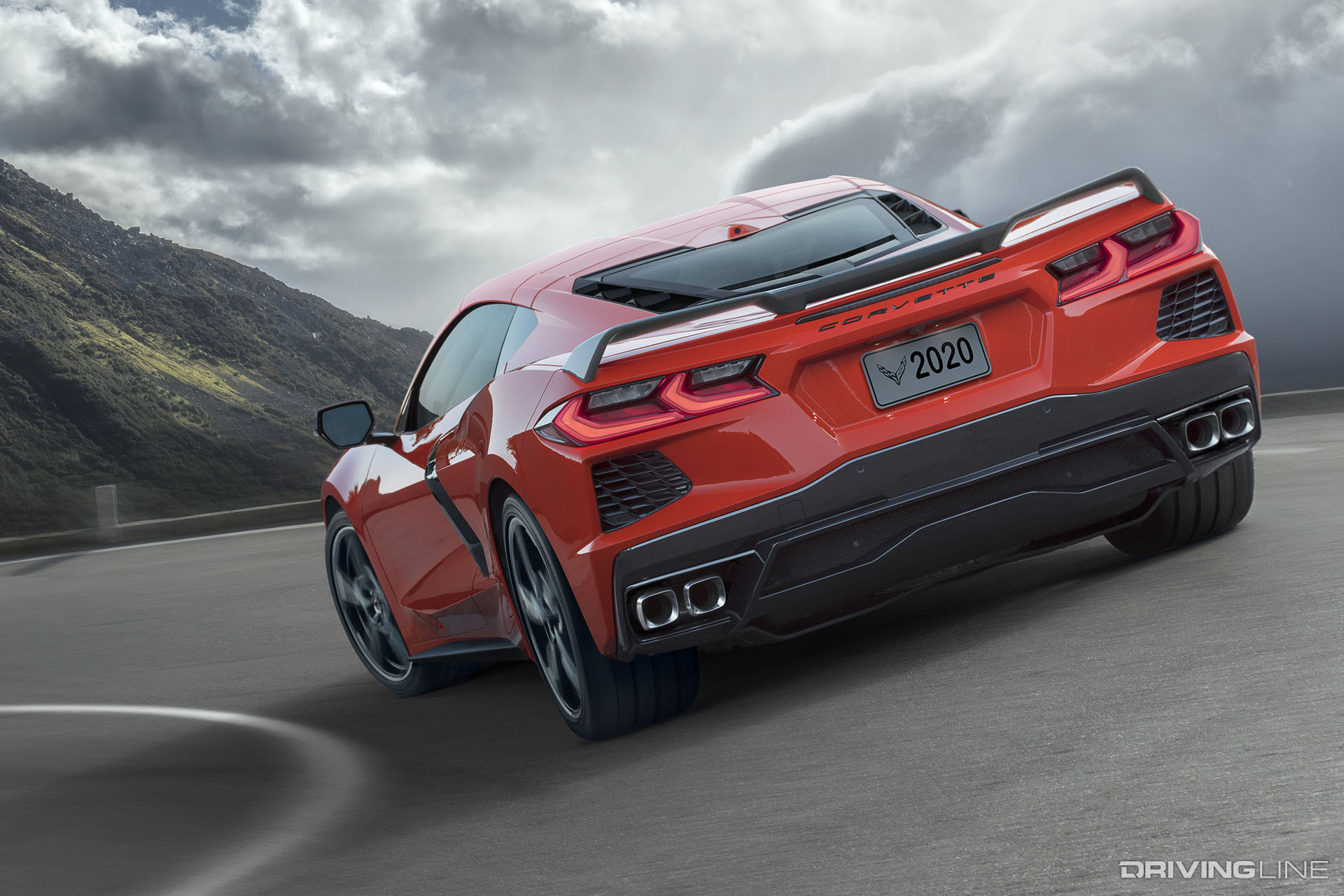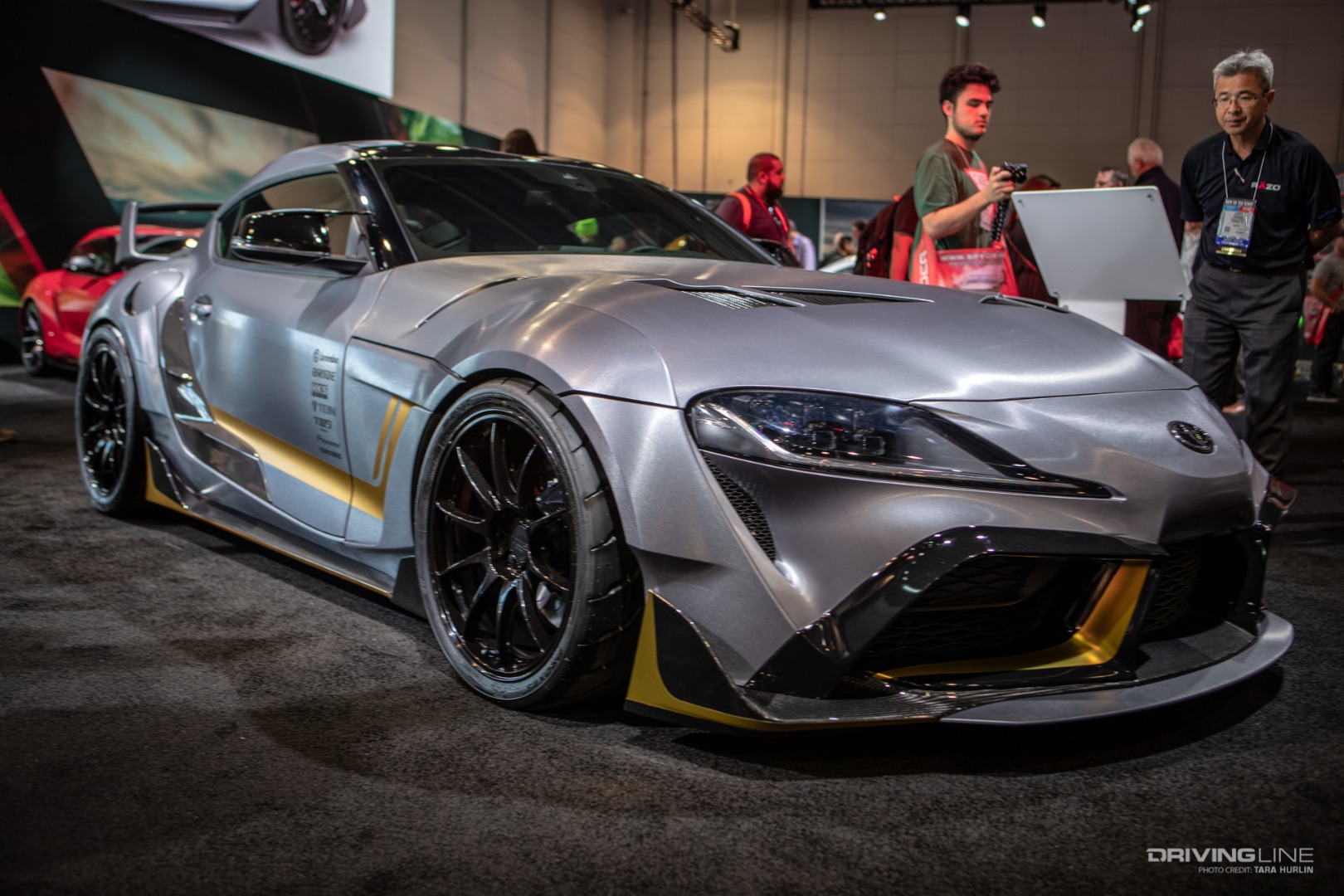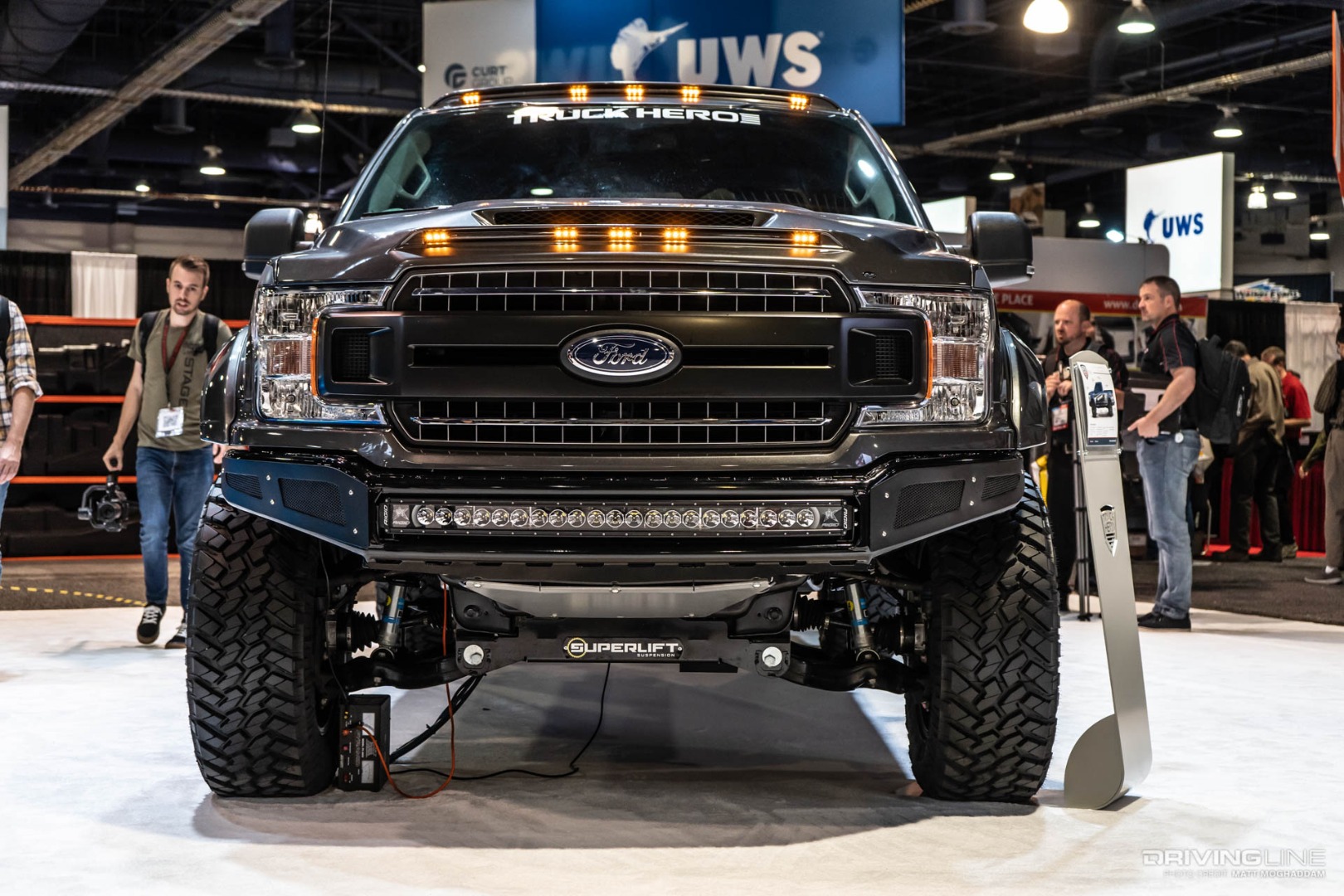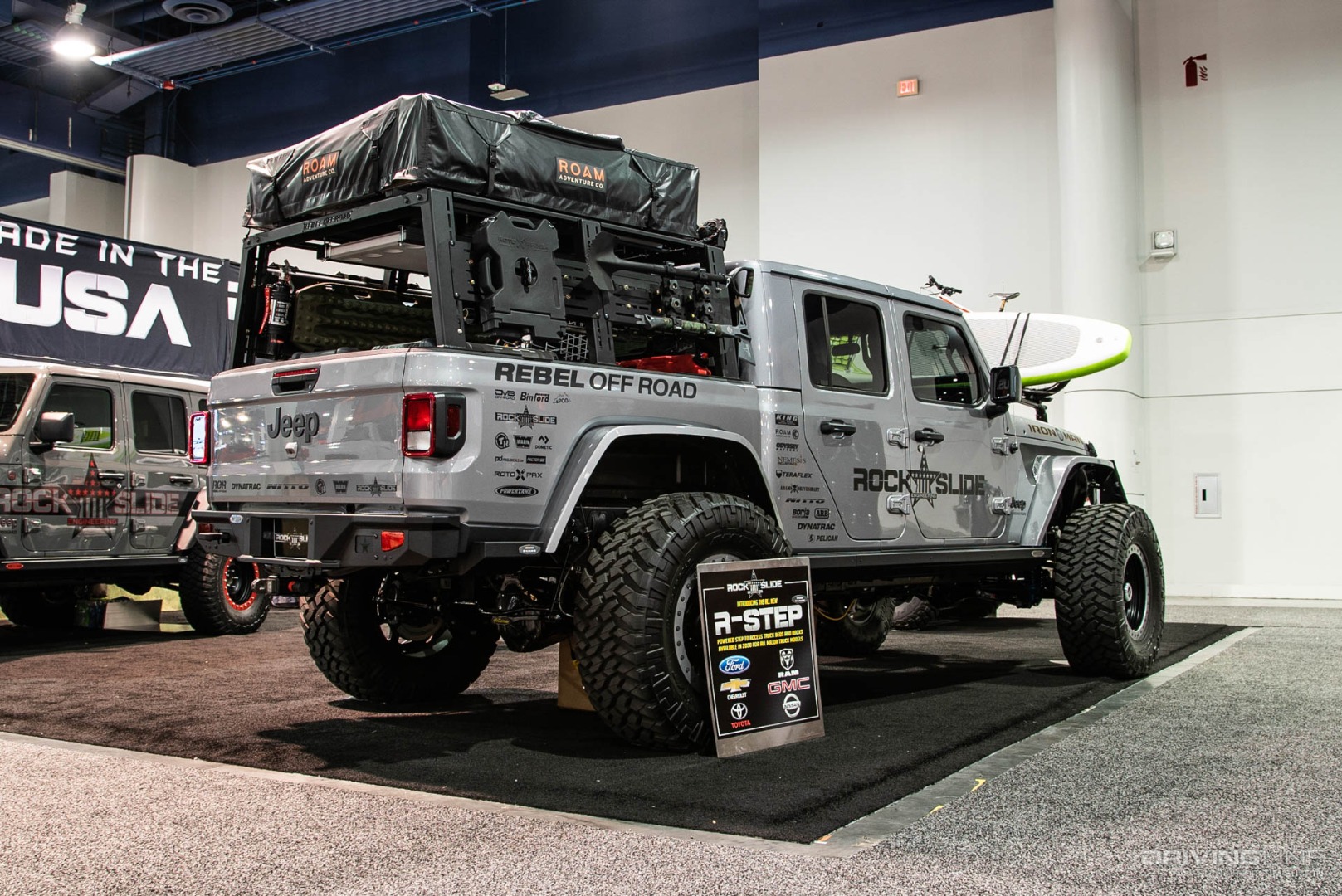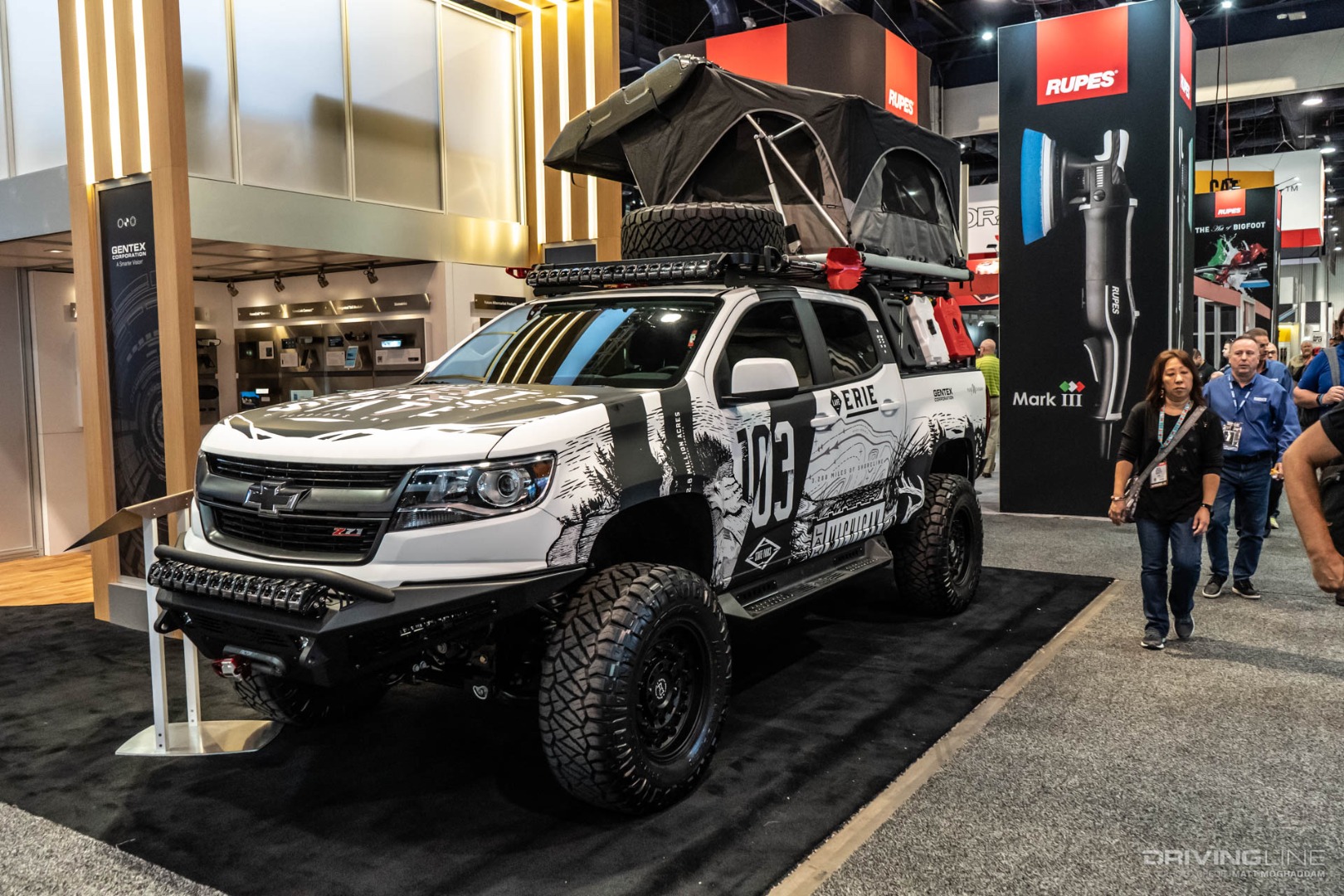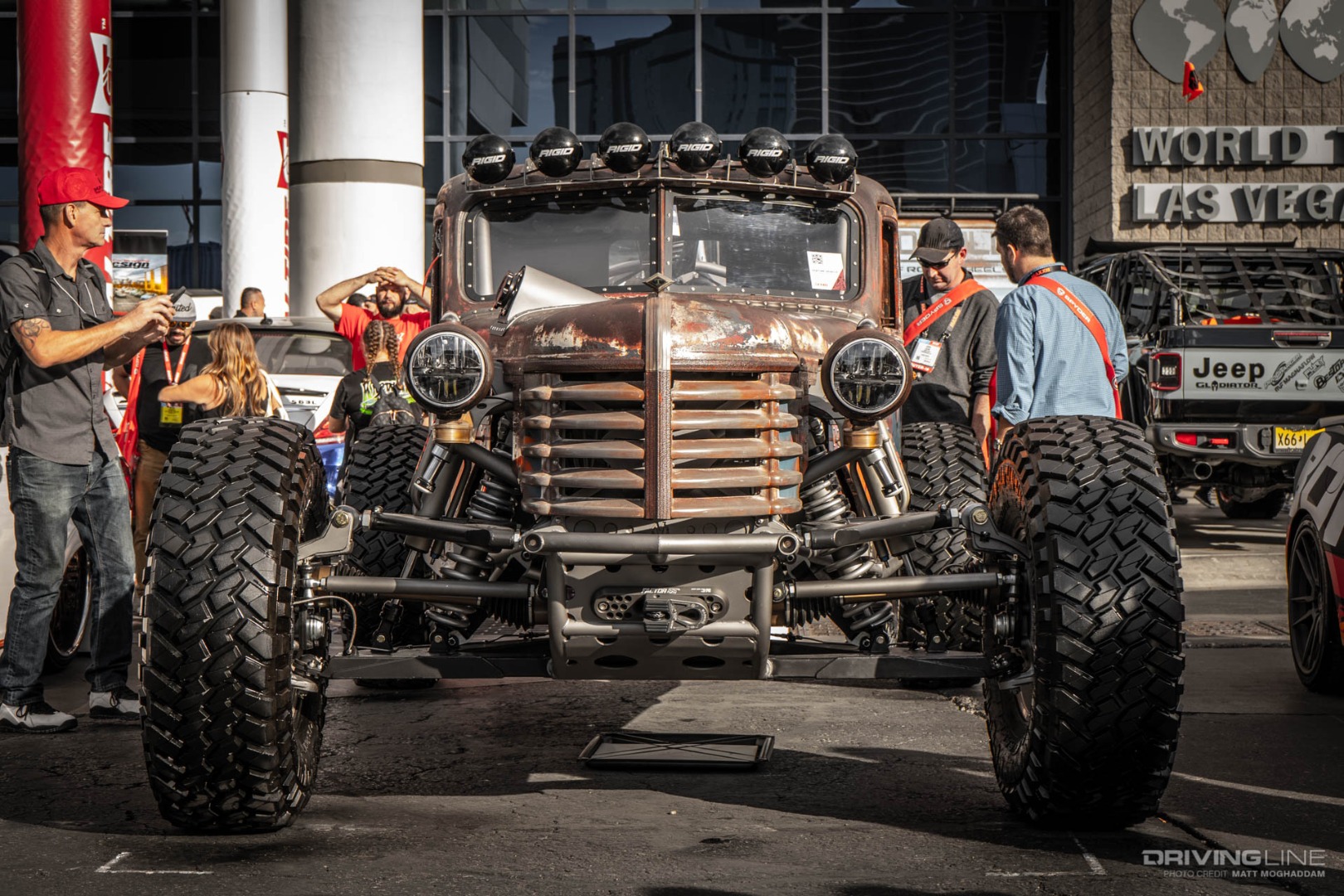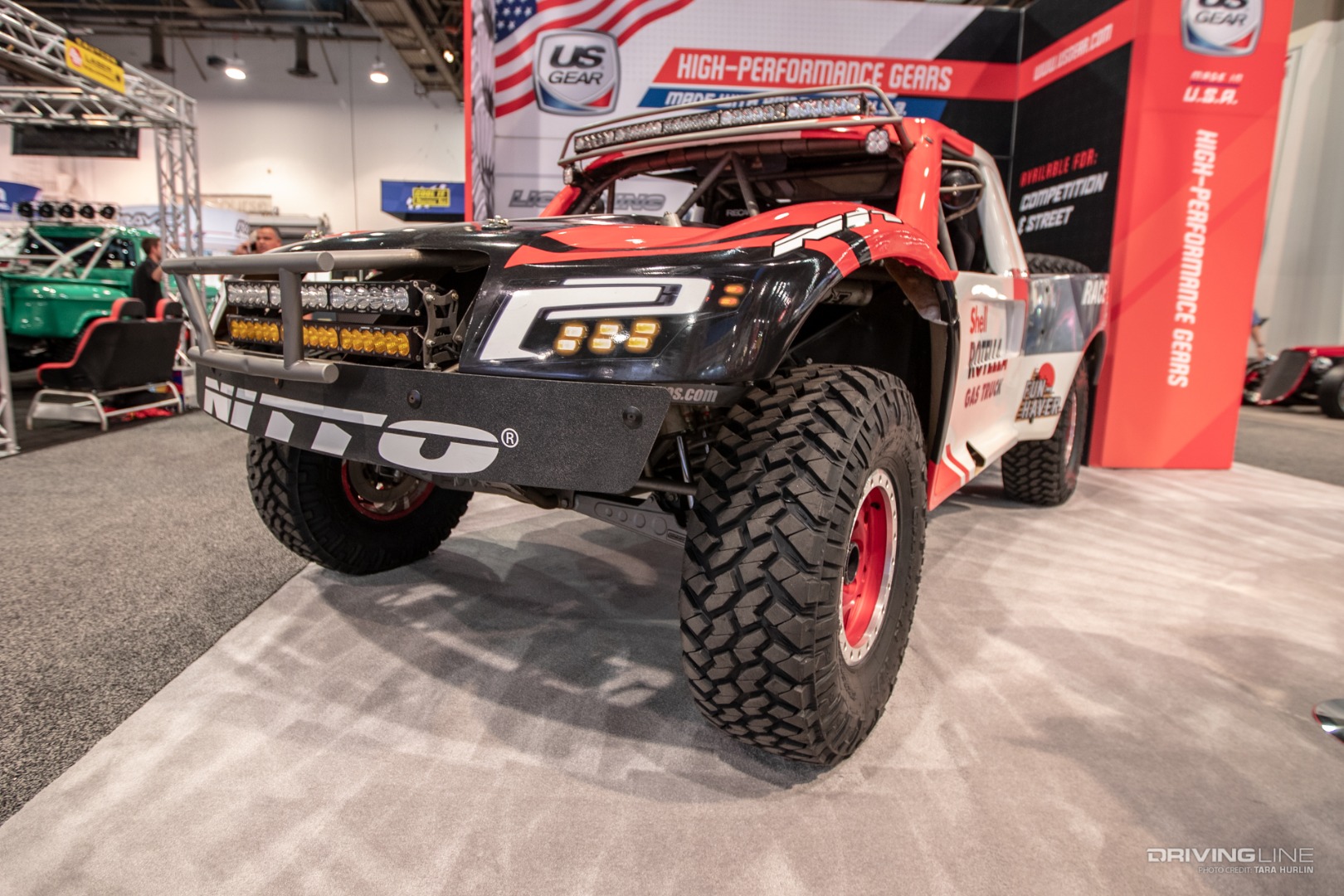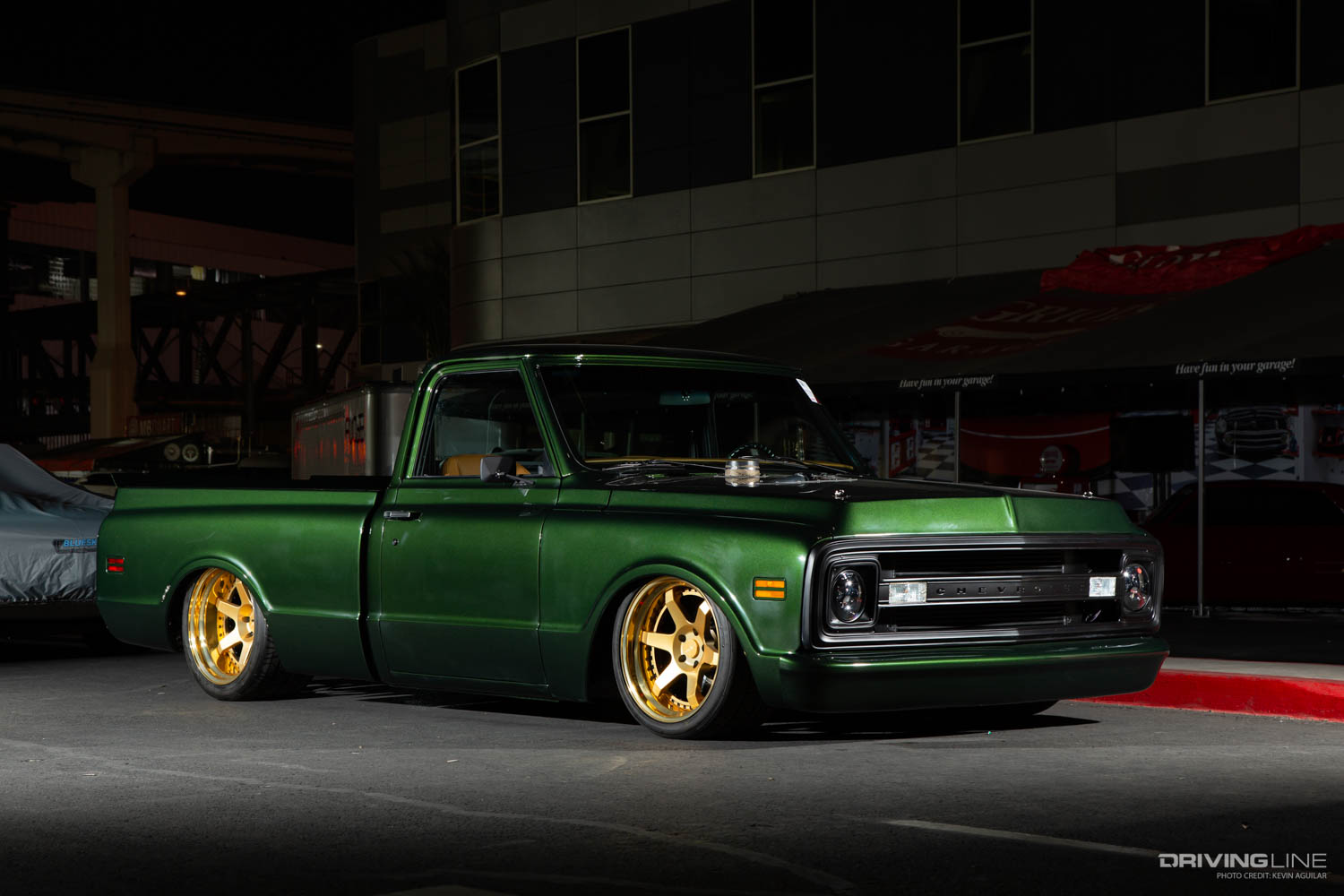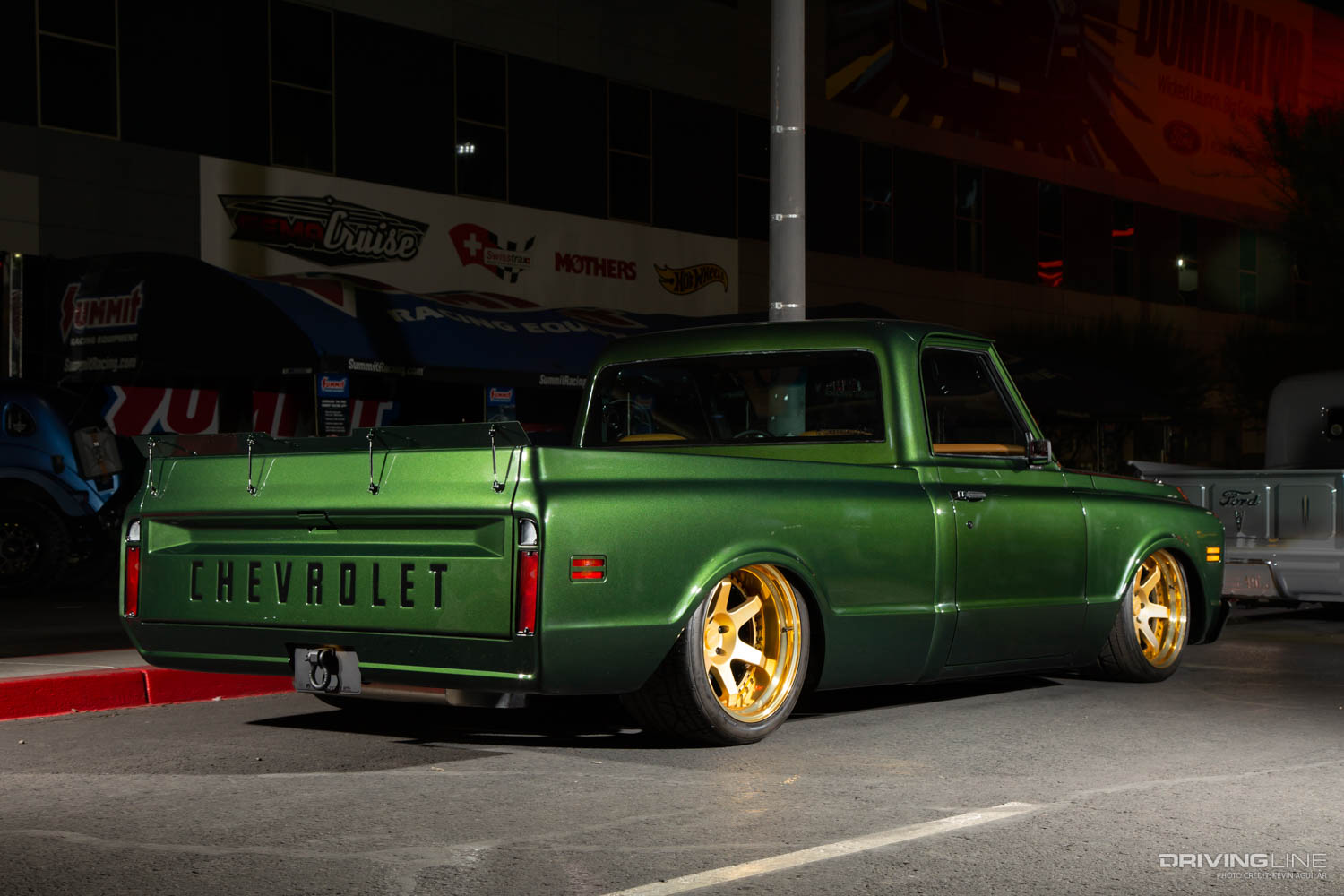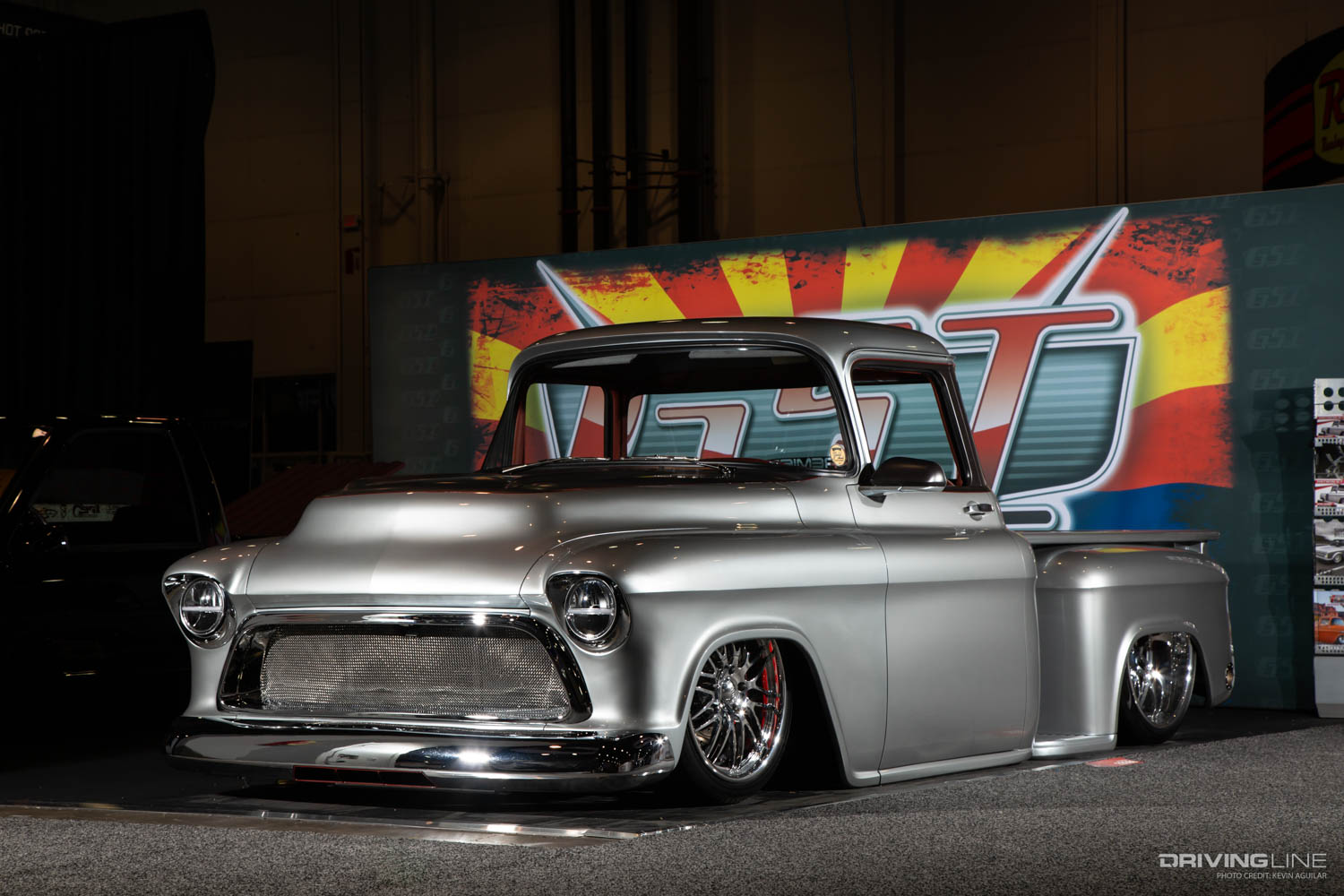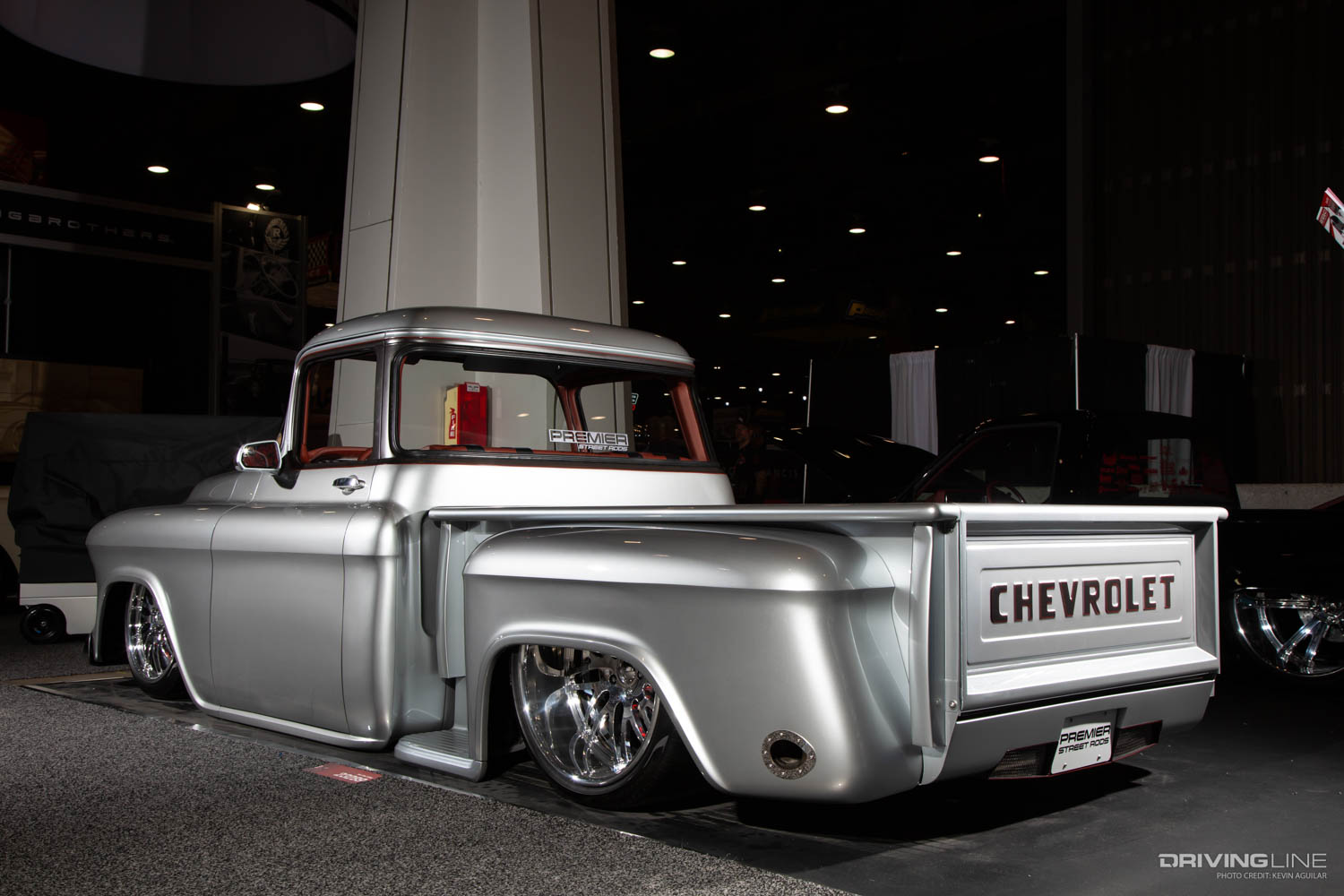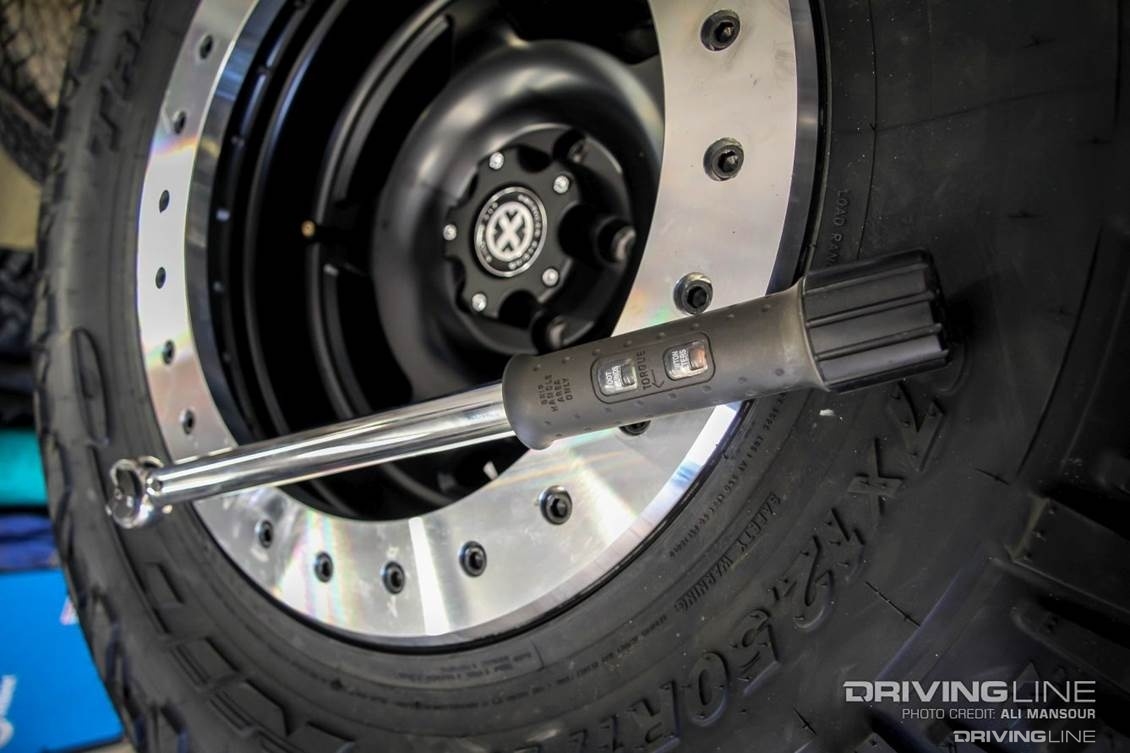In recent years, it’s become increasingly harder to conceal the fact that diesels can be made into formidable sleepers. As more and more truck owners uncorked the hidden potential within their engines, the stigma that diesels were slow and only useful for work slowly disappeared. But now that the secret is out, how do you keep an oil burner in stealth mode? First, you pick an ancient platform that’s both lightweight and unassuming. Second, you make your power with one of the most underrated diesel engines in existence. And finally, you make damn sure that, no matter which tires you choose, you never get rid of the factory wheels. Meet our latest exploit: Project Paw-Paw. It’s a 1997 model year F-350 crew cab 4x4 with the 7.3L Power Stroke under the hood.
The 216,000-mile, old body style Ford once spent its days working a farm in central Ohio. Now, in retirement, we’re going to more than triple the HEUI-injected V8’s horsepower without touching the original short-block—and with surprisingly few top-end mods. The parts we do add won’t be cheap or free, but they will be affordable and provide a straight-forward path toward 600rwhp (along with 1,100 lb-ft of torque). To wrap up the build, we’ll visit the dyno and collect low-13-second time slips to confirm our work, and then we’ll saddle the old Ford with a trailer and make it earn its keep.
Move over, grandpa. It’s our turn to drive…
Sticker Shock

Prices vary regionally, but for a clean, near-rust-free OBS Ford with a 7.3L Power Stroke under the hood, you’re going to spend a five-digit figure. It may not be $25K but it will be every bit of 10 to 15-large for a truck in the 150,000 to 200,000-mile range. As old age, salt and accidents inevitably remove them from North America’s roadways, the ’94.5-’97 Fords aren’t getting any cheaper with the passage of time.
Why a 7.3L?

Bullet point numero uno: they’re cheap. Unlike a Duramax, the demand-driven Cummins mills or even late-model Power Strokes like the 6.7L and especially the 6.4L, these things are dirt cheap in comparison. Thanks to being plentiful (nearly 2 million of them were produced), you can find 7.3L’s in the junk yard, on eBay and even under the hood of Uncle Rob’s old plow truck (along with many other workhorses that do a lot of sitting). Usable core long blocks usually go for anywhere between $200 and $700, with complete, running take-outs bringing $1,200 to $2,000.
The Power of Diesel

Thanks to its solid construction at the OEM level, a forged-rod 7.3L Power Stroke (’94.5-’97 and ’99-’00 engines) can be pushed to 600rwhp and still be reliable, so long as you opt for good engine tuning and drive sensibly. This series will highlight how to do that to a “T.” Although our engine will undergo a lot of changes during the course of this build, it will still use a single turbocharger, a single high-pressure oil pump and the HEUI injection system to make its power.
Summary: forged-steel rod bottom ends can handle considerable power, but if you do grenade a 7.3L they’re relatively inexpensive to rebuild or even outright replace with a take-out engine.
The Often-Misunderstood HEUI Injection System

Due to the fuel side of the injection system requiring hydraulic actuation via engine oil, the HEUI system is often misunderstood by many, but it can be dumbed down and easily understood in the following way. Instead of utilizing a traditional high-pressure fuel pump (or fuel injection pump), a high-pressure oil supply pump (HPOP) is employed, and thanks to the injection pressure regulator (IPR) the engine oil in the high-pressure circuit is pressurized between 500 and 3,000 psi. Instead of the fuel rails you’ll find in a traditional common-rail system, there are oil rails integrated within the cylinder heads. High-pressure oil routes through these rails to the oil side (top side) of the injectors where—after entering the poppet valve, acting on the intensifier piston and forcing the plunger downward—it actuates the fuel side, culminating in fuel being sprayed in-cylinder.
Hydraulically Activated, But Electronically Controlled

Despite the various limitations that exist within the HEUI system, the 7.3L can still be made to make respectable power and run cleanly. This is due in large part to the engine being completely electronically controlled, which means the 7.3L has a brain (i.e. the powertrain control module, or PCM) that can be infiltrated and recalibrated. The module on the left is the injector driver module (IDM). It takes its cues from the PCM and (when commanded) is responsible for sending the precise, 110-volt pulse to the injector solenoids in order to fire them. In this project all of our power gains will be obtained through the PCM. The IDM will be left completely alone.
First Step in Breaching the HP Wall

The biggest hindrance in adding horsepower to a 7.3L, especially the ’94.5-’97 versions, is the factory fuel injectors. On the flow bench, the stock units in our ’97 F-350 flow a maximum of 95cc’s of fuel and even with aftermarket tuning can only support 230rwhp. Needless to say, we’ll be upgrading injectors, along with adding application-specific PCM programming at the same time. As far as the injectors are concerned, we’ll be installing the second largest off-the-shelf hybrid injectors you can buy. Their overall flow will be nearly quadruple the stockers and the 7-hole orifices on the nozzles will flow 200-percent more than OEM, providing for a much quicker injection rate.
Docile on the Dyno

Strapped to a DynoJet 248C inertia chassis dyno, the truck made a weak 159 hp at the rear wheels—not an atypical number for a bone-stock yet mechanically sound 7.3L-powered ’94.5-’97 Ford with an automatic transmission. In this condition, Paw-Paw needed more than 19 seconds to crawl through the quarter-mile and couldn’t even hit 70-mph by the time it made it to the stripe. In traffic, it didn't only feel underpowered. It was painfully slow.
Why It’s the Ultimate Sleeper

On appearance alone, the old body style Ford represents the quintessential “grandpa truck” and the factory 16x7-inch forged-aluminum Alcoas will no doubt aid the art of deception. After all, it looks like it belongs on a farm and indeed that’s where the truck came from. As previously mentioned, the fact that we are running the original, 23-year-old 7.3L Power Stroke plays a key role in the sleeper recipe. We’re not swapping a Cummins between the frame rails and we’re certainly not tearing into the engine to add better rods, pistons or throwing in a cam until we have to. Those that know about diesels will write the truck off for being just another slow 7.3L, and those that don’t follow diesels won’t have the slightest apprehension when lining up next to it.

Our last bit of trickery exists in the truck’s weight, or lack thereof. When most people hear the word diesel truck they think ‘heavy.’ They’re both right and wrong on that one. But what a lot of folks don’t know is that the OBS Fords weigh considerably less than a comparable diesel-powered Super Duty. In fact, on race day Project Paw-Paw will tip the scales roughly 1,000 pounds lighter than a late-model F-350 of the same configuration.
Scope of the Build

Before, during and after adding big power to any 7.3L Power Stroke, several areas of concern will need to be addressed. We’ll get started on that in Part 2, where we explain and install the top-end hard parts essential in keeping the valve train happy. After that, we’ll move on to the injector, high pressure oil pump, electric fuel system and turbo upgrades, followed by the transmission build and the installation of traction bars and gauges. Then we’ll hit the track, revisit the chassis dyno and put some weight behind us.
*Bear in mind that there are literally dozens of power recipes for these trucks. Whether you want 300, 400, 500 or 600rwhp there is a combination of parts for you. We decided to go all-in with Project Paw-Paw due to: 1) the fun factor, 2) knowing the truck can still be reliable at 600rwhp and 3) we only use it to tow lighter loads (8,000 to 11,000 pounds), so it’s more of a play toy than a working rig or a daily driver.
Looking for a milder setup for your 7.3L? Check out the proven power recipes listed here!


